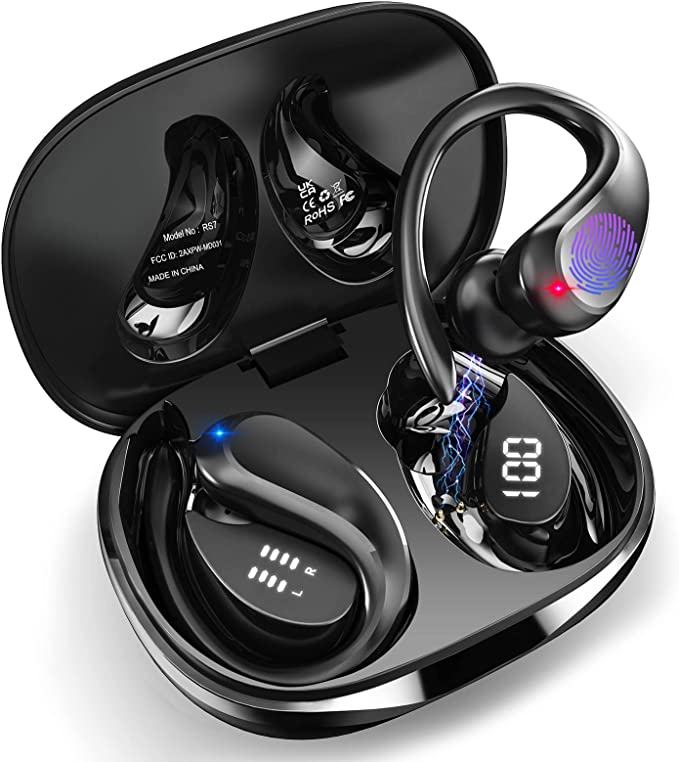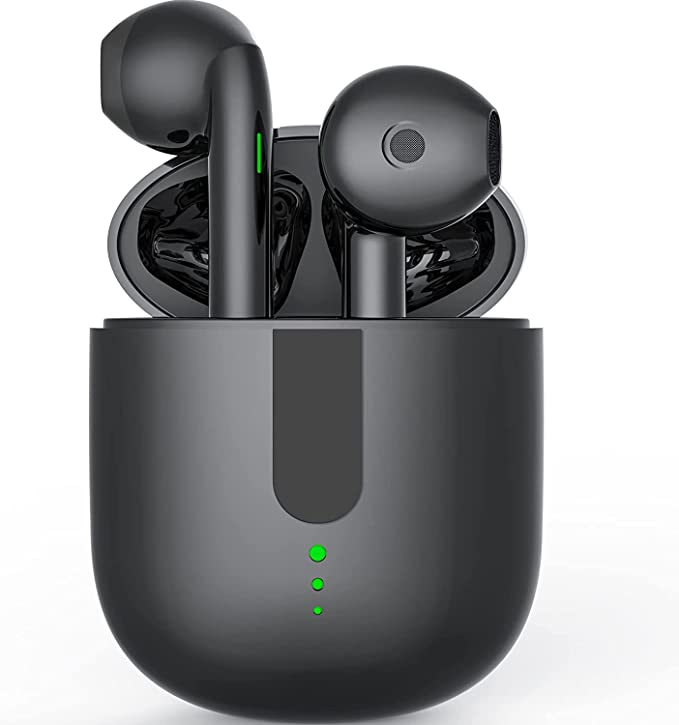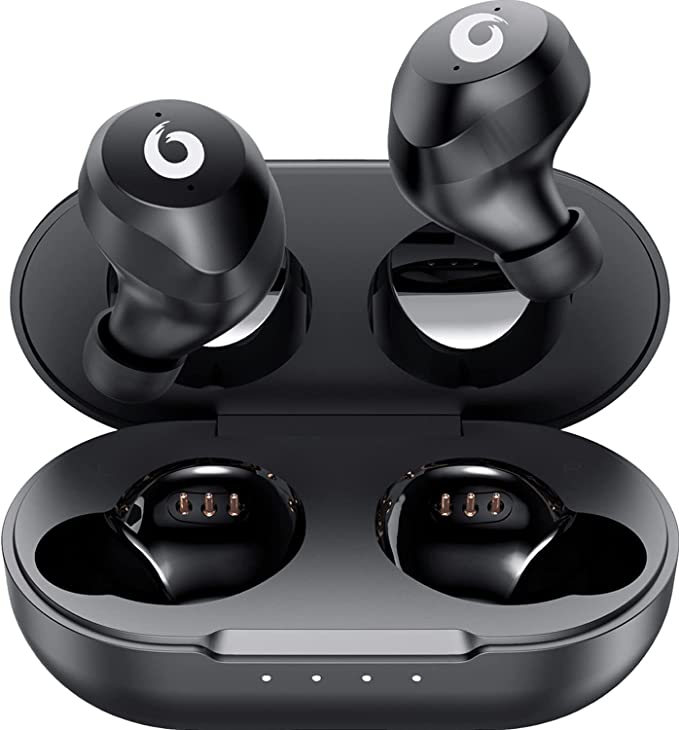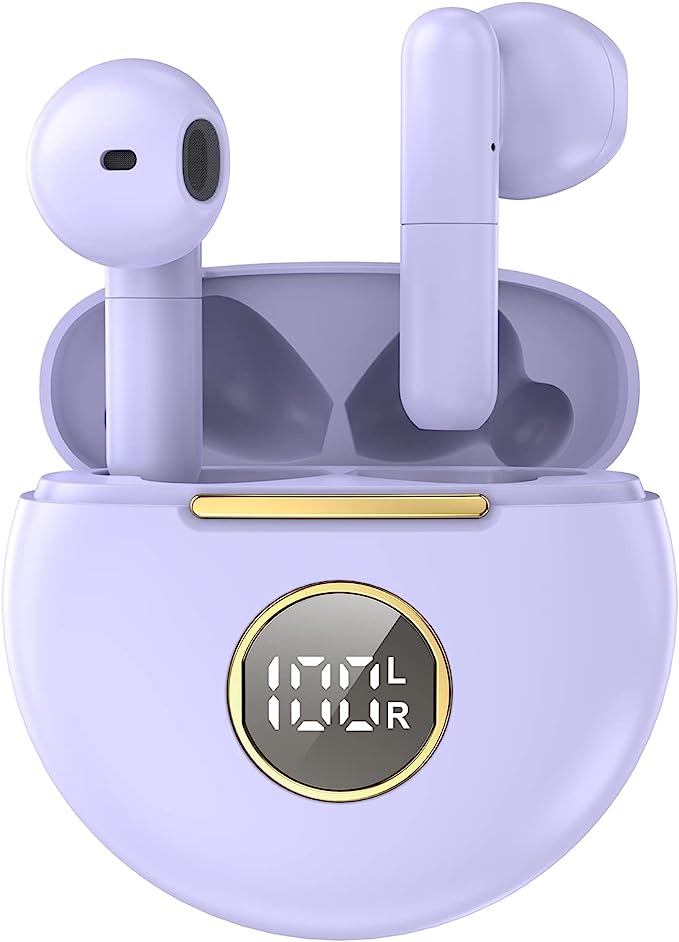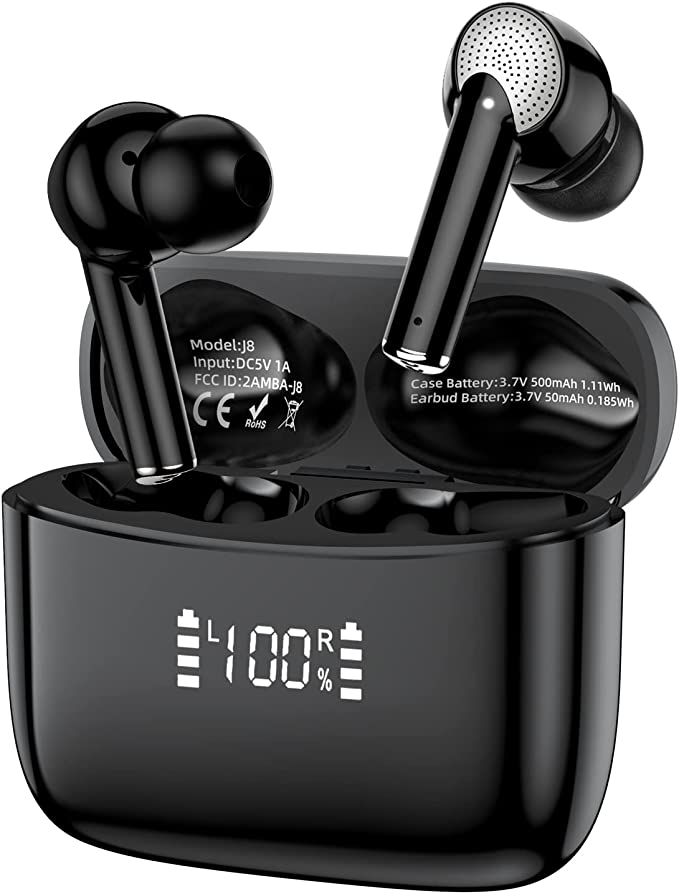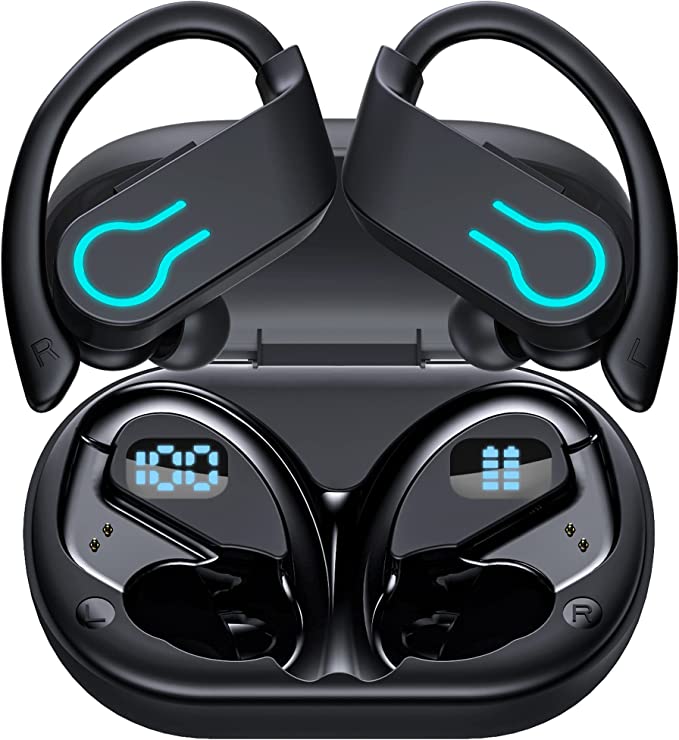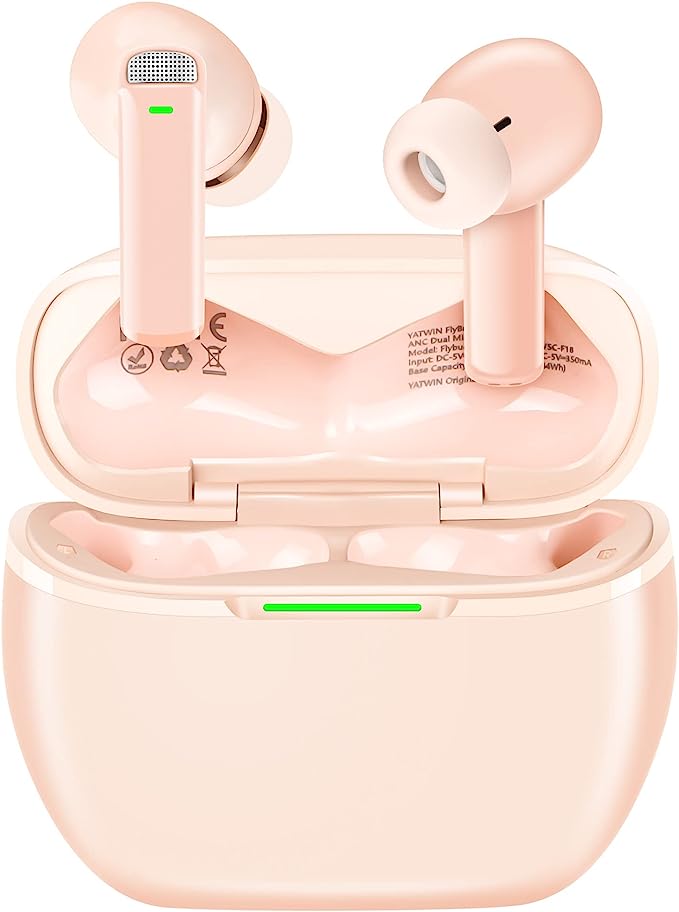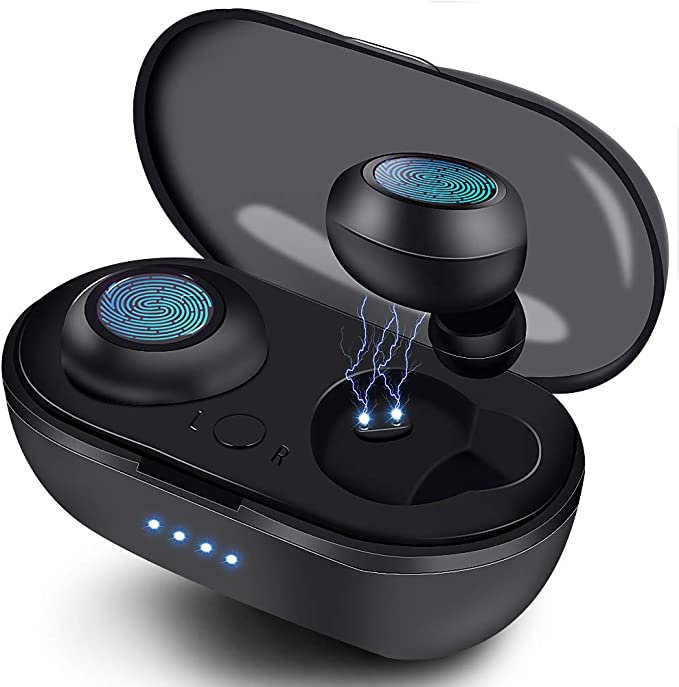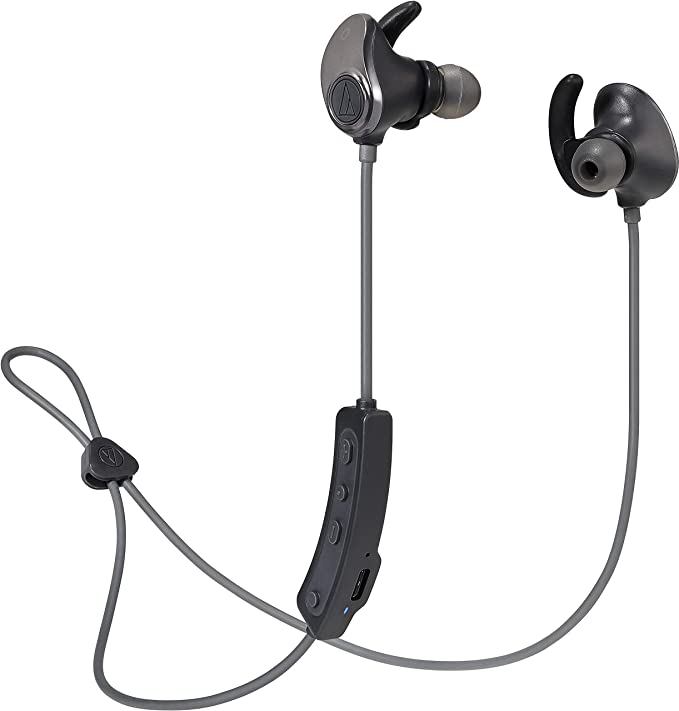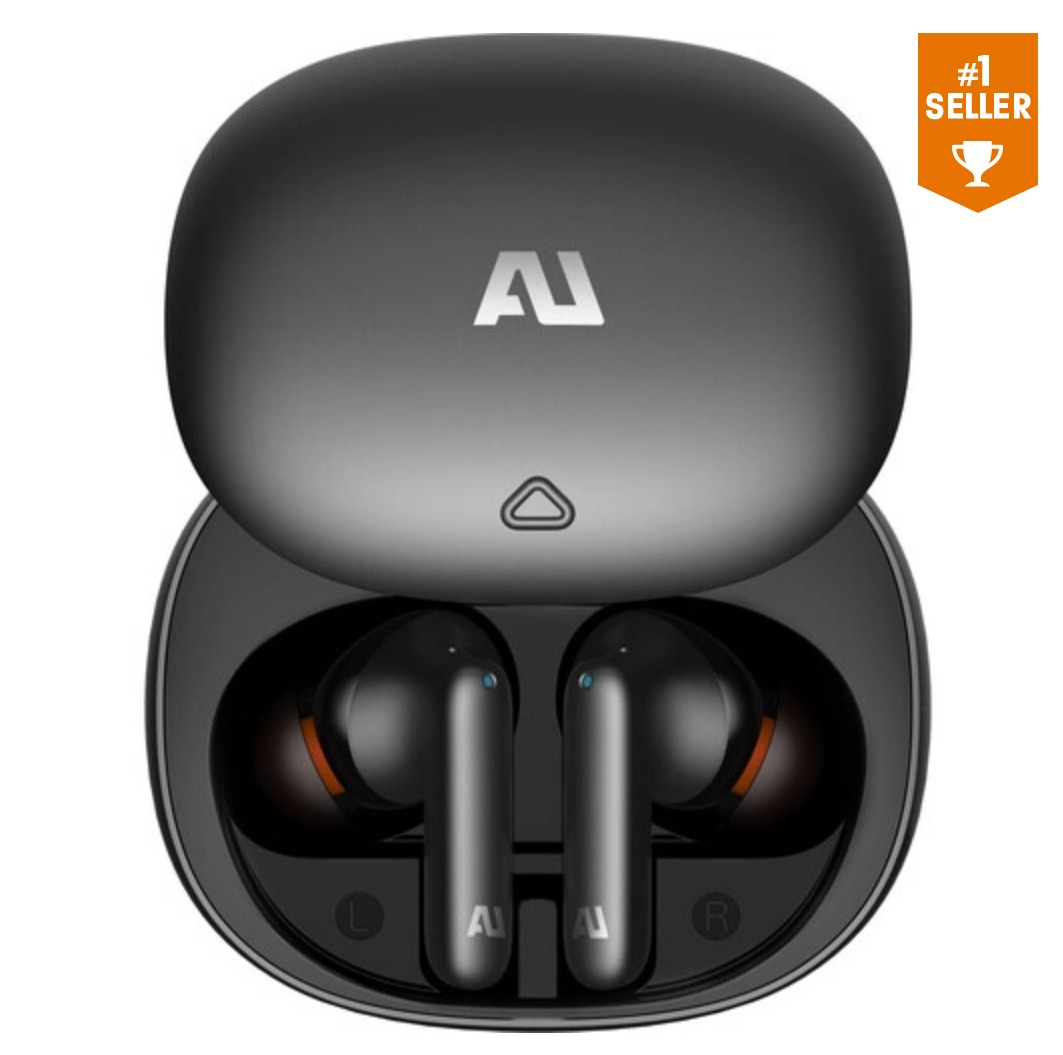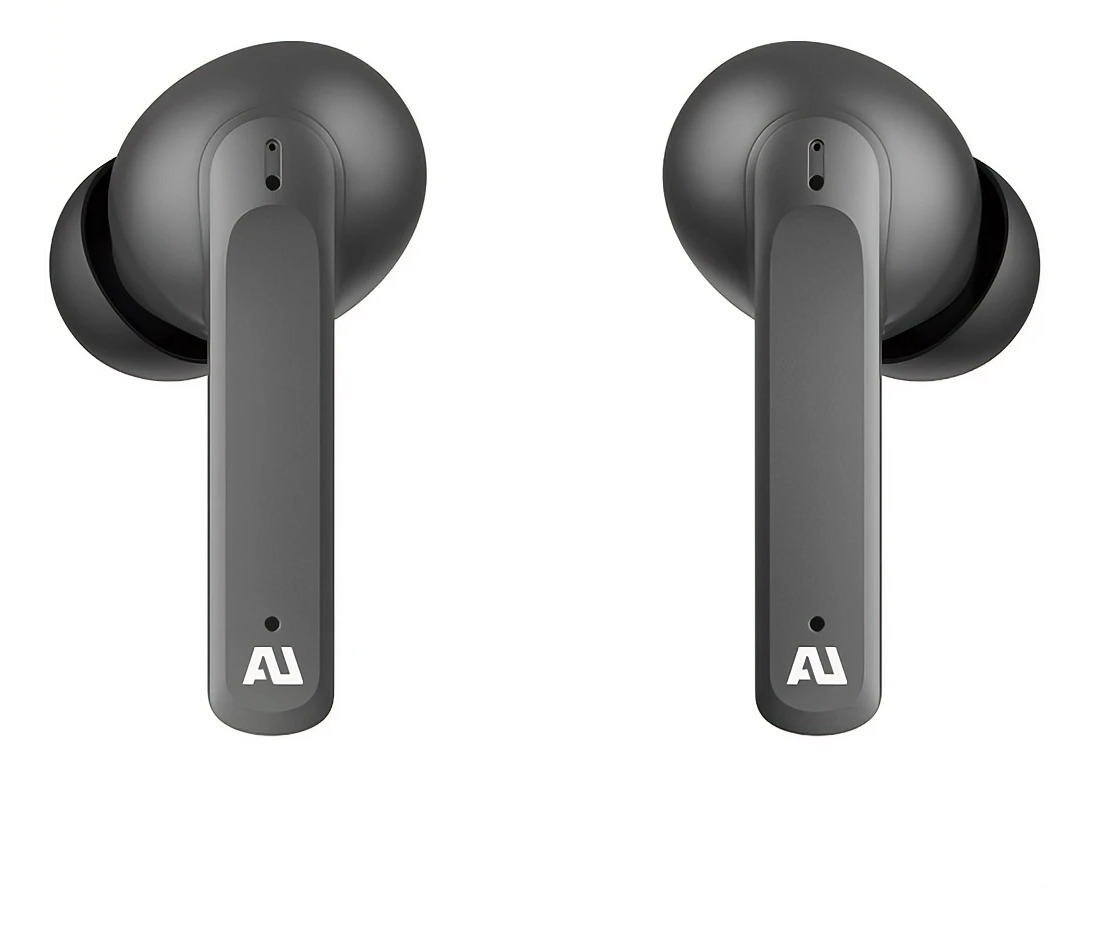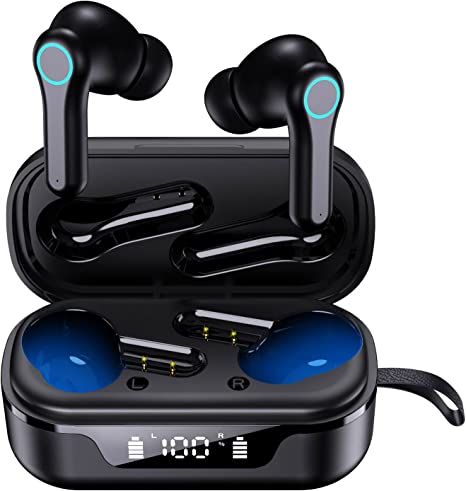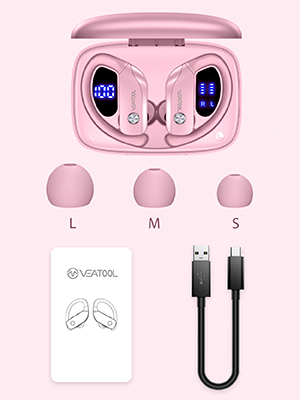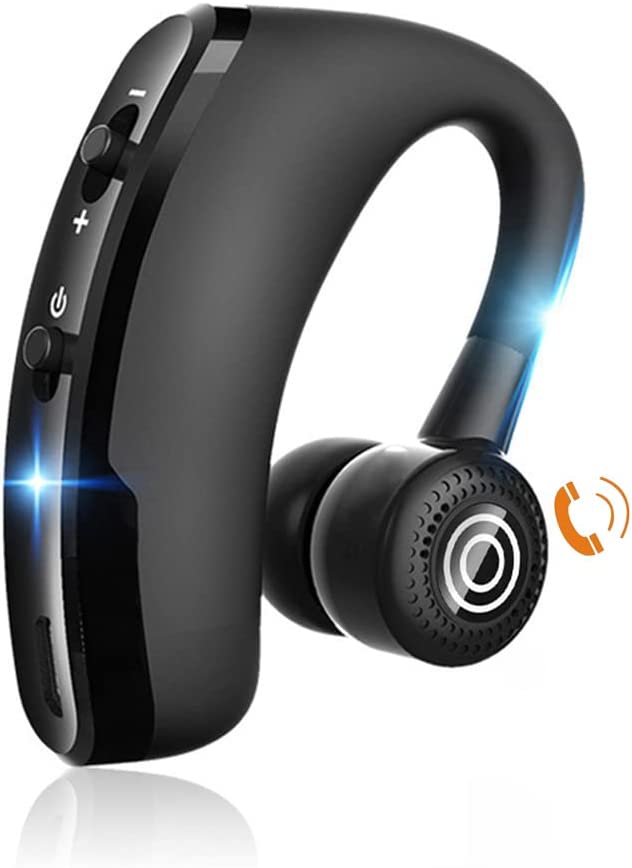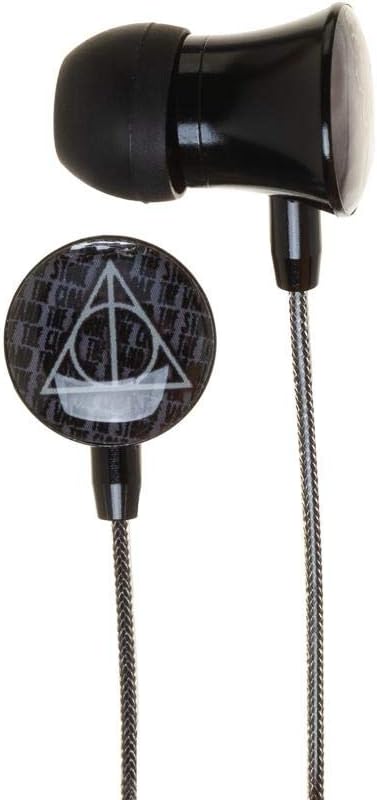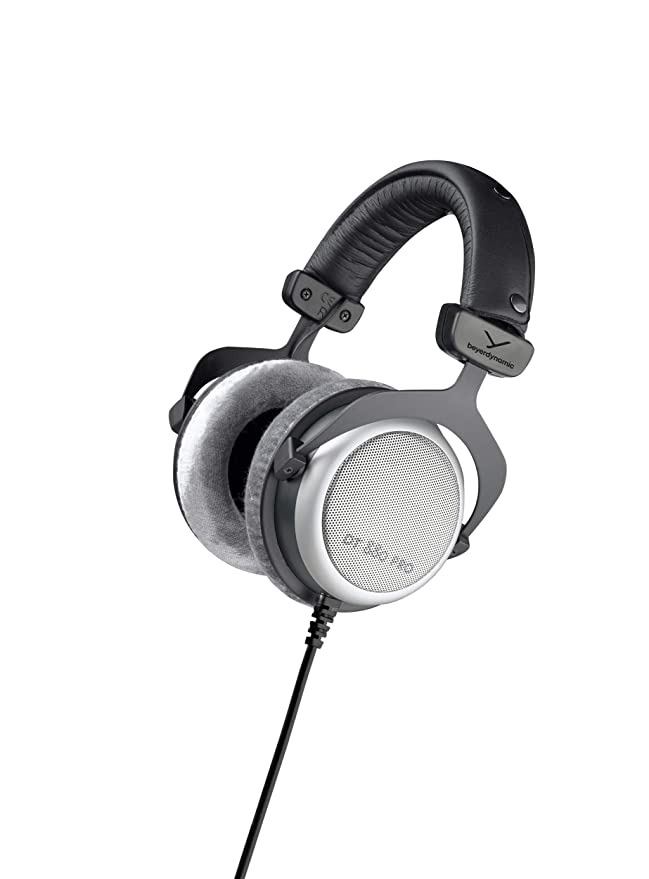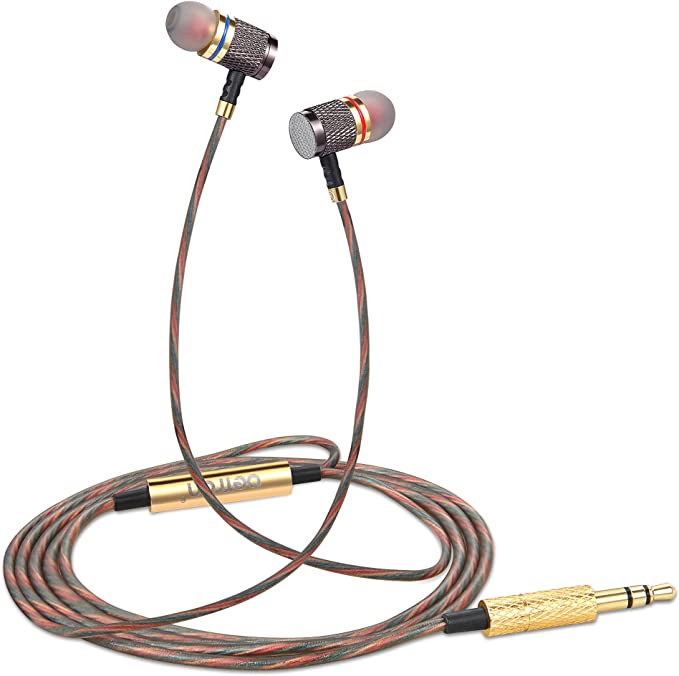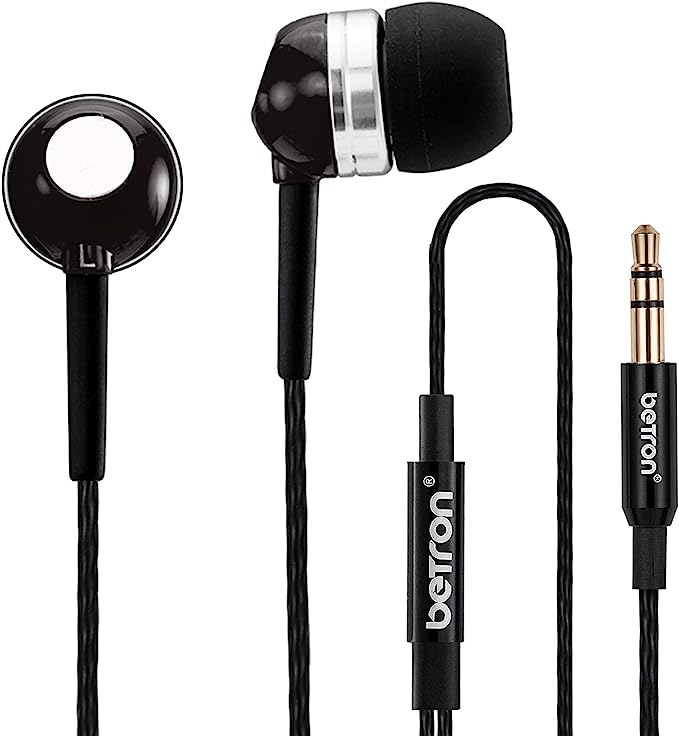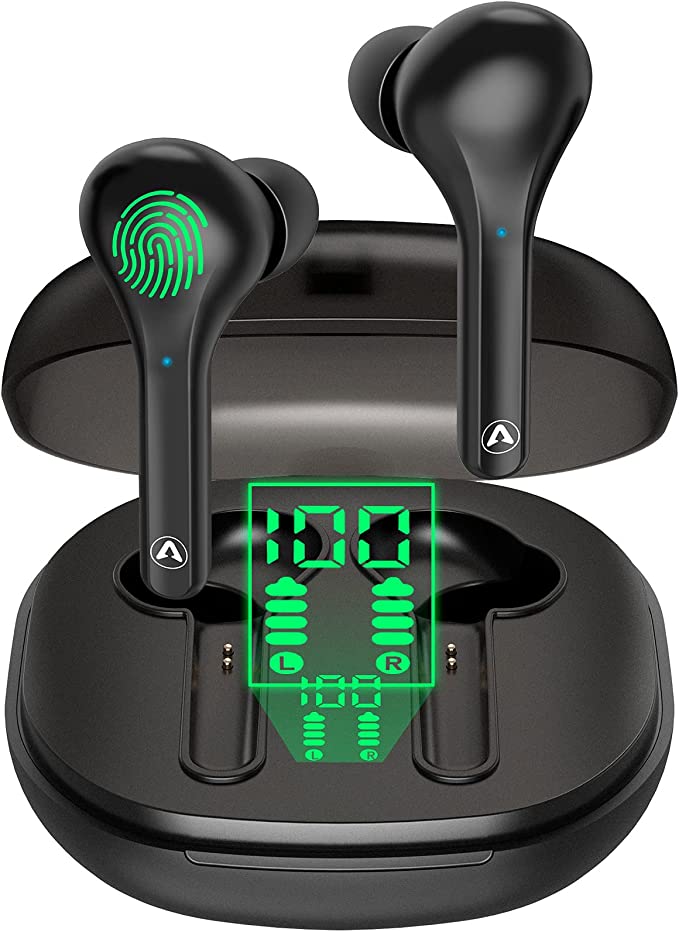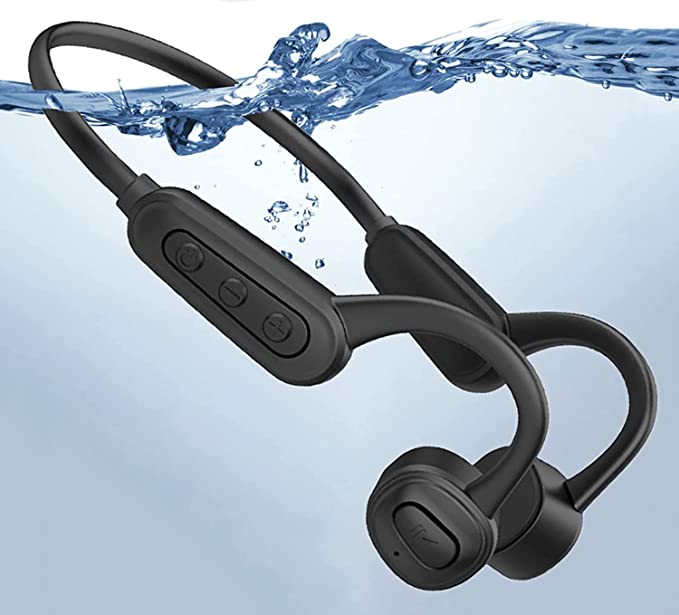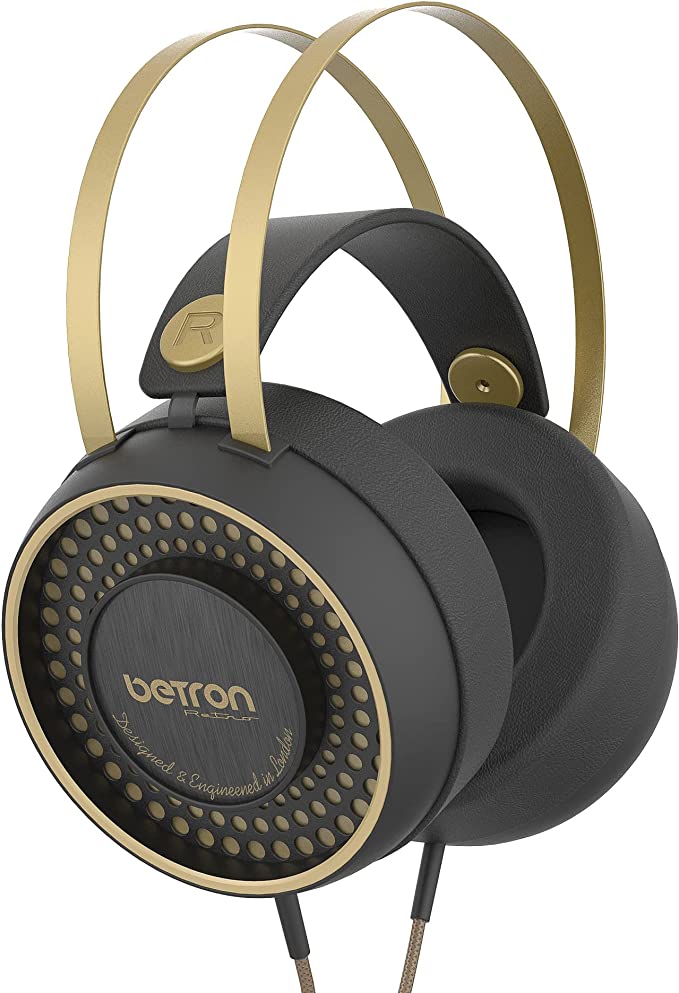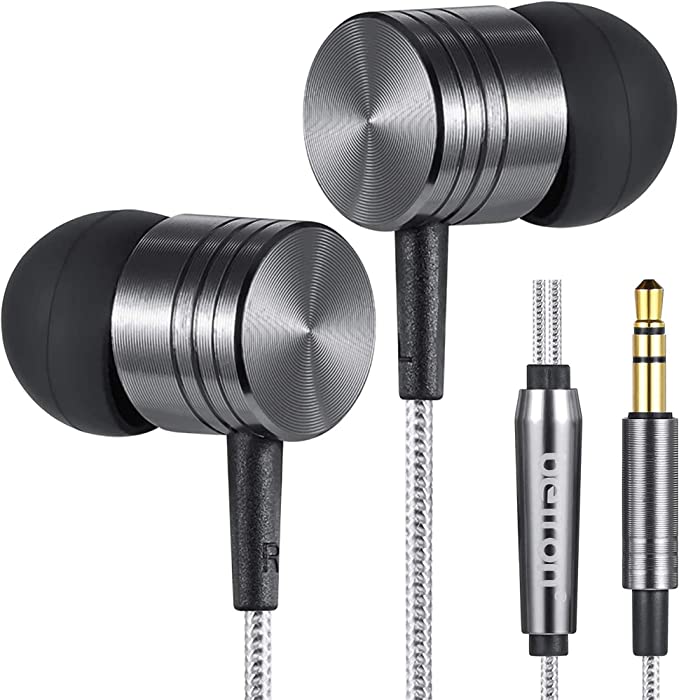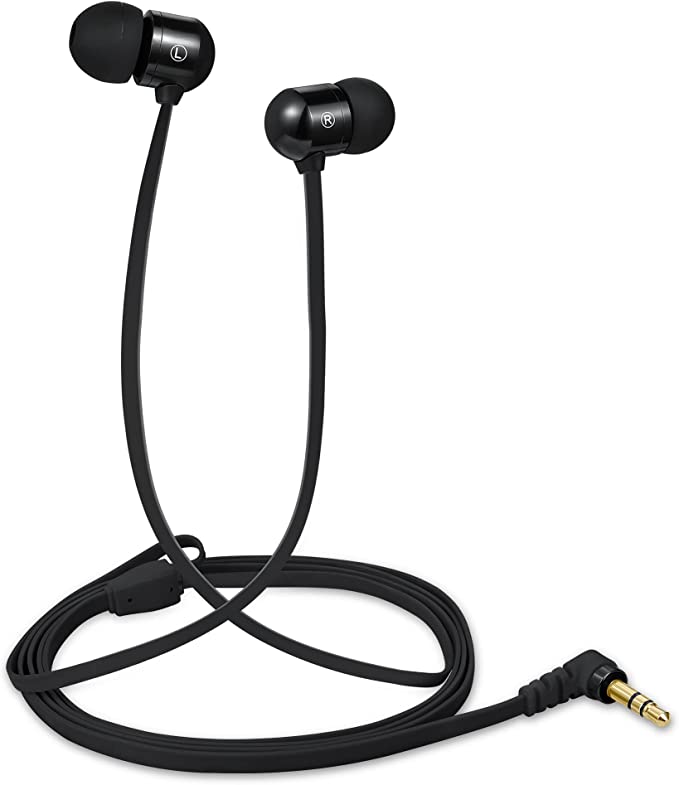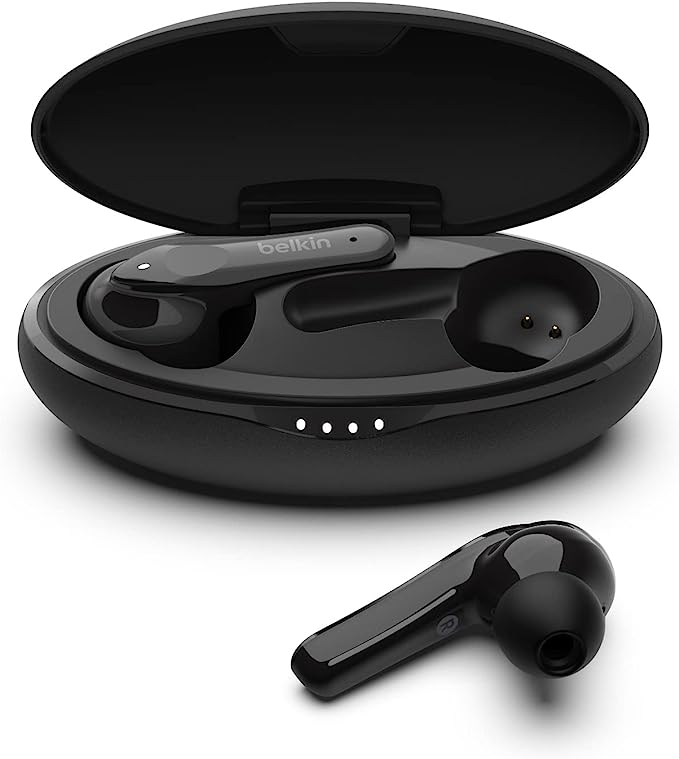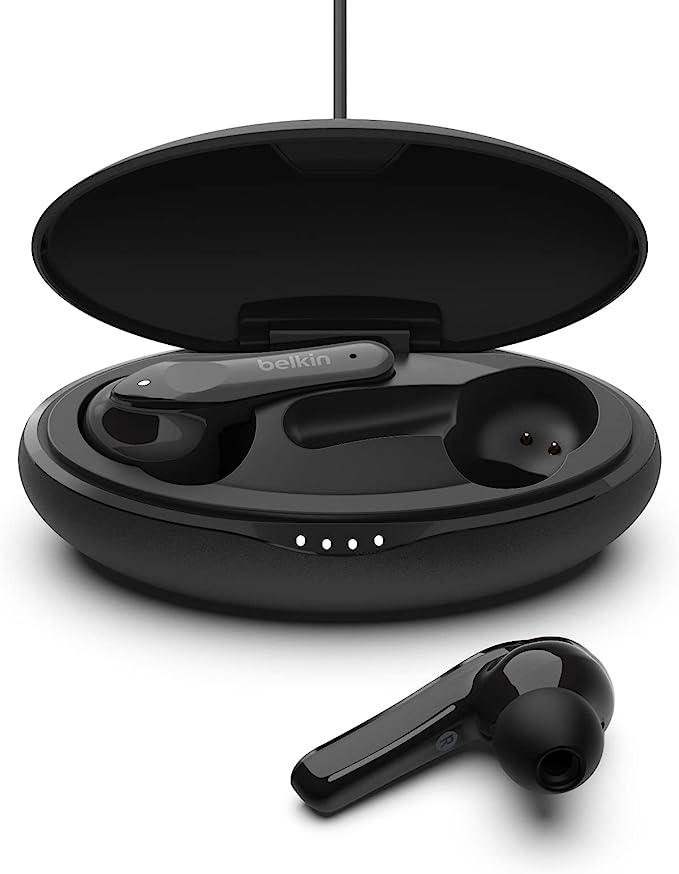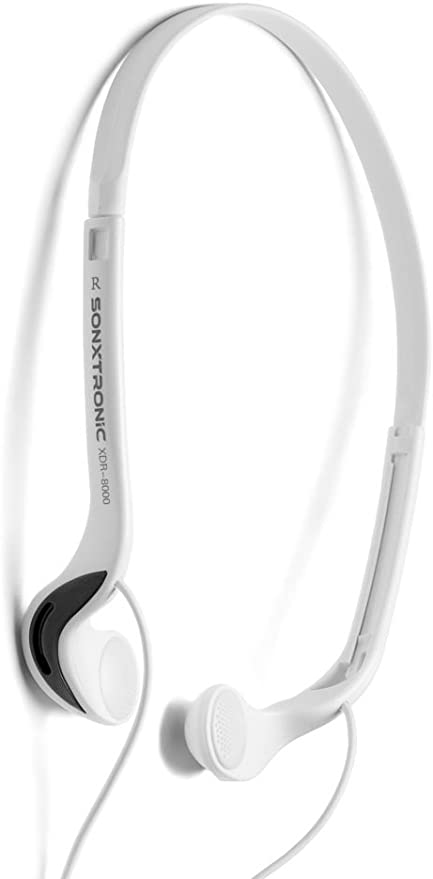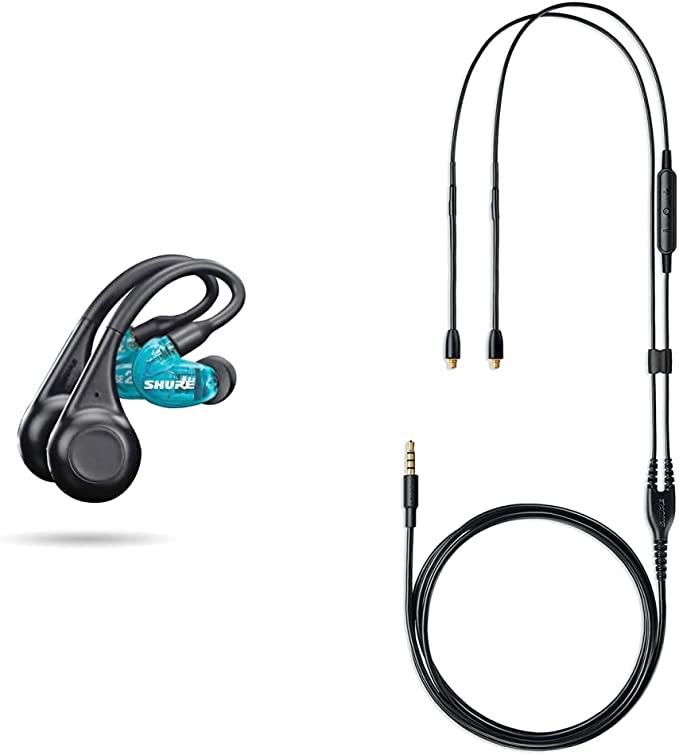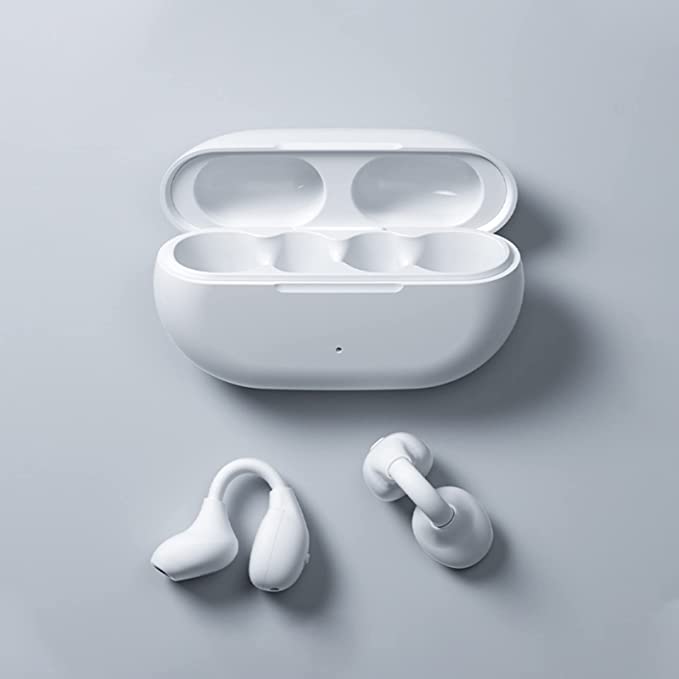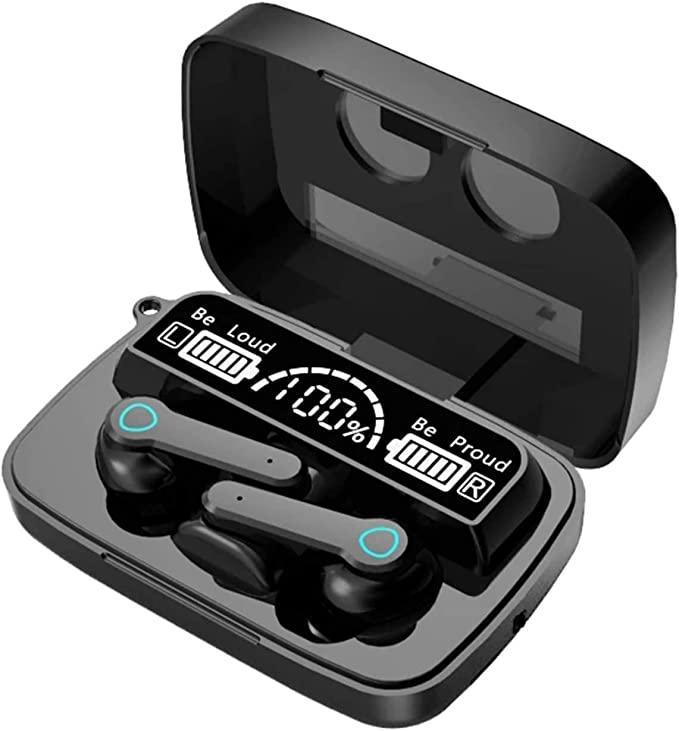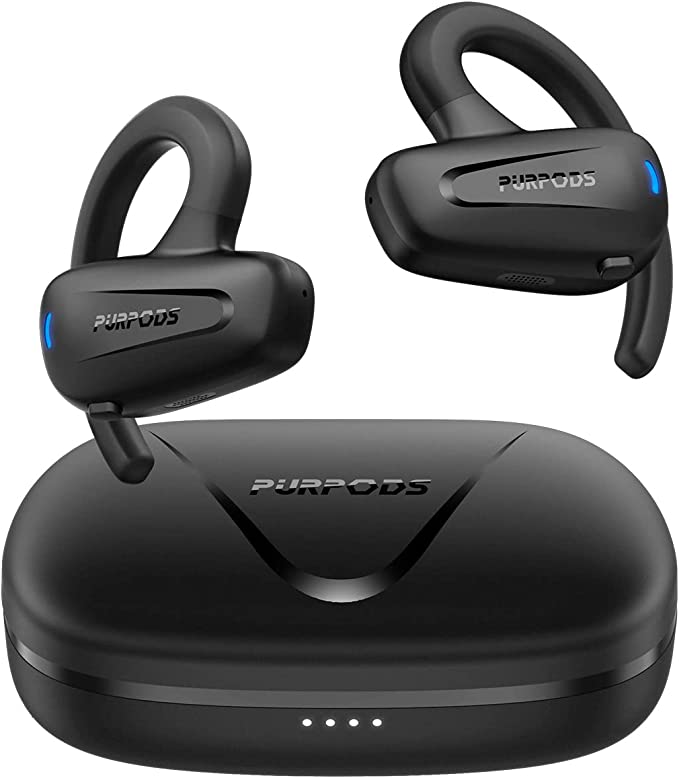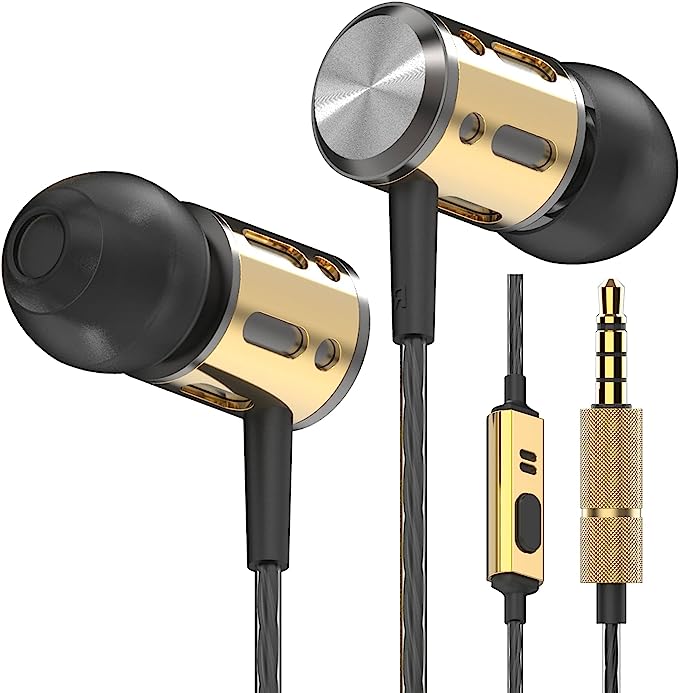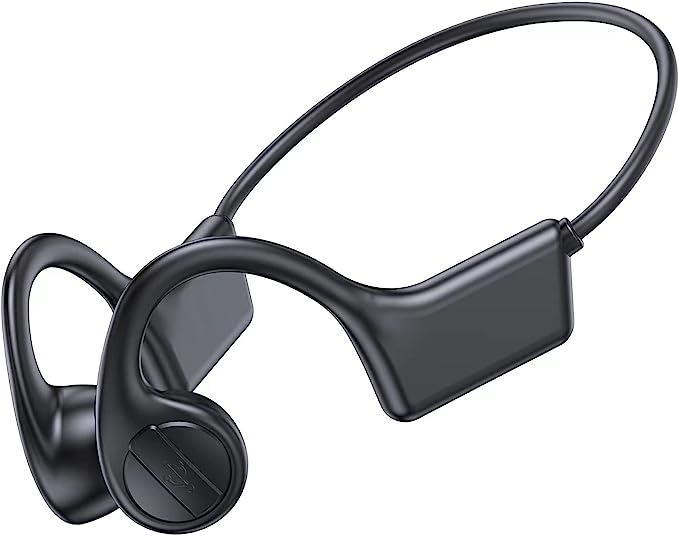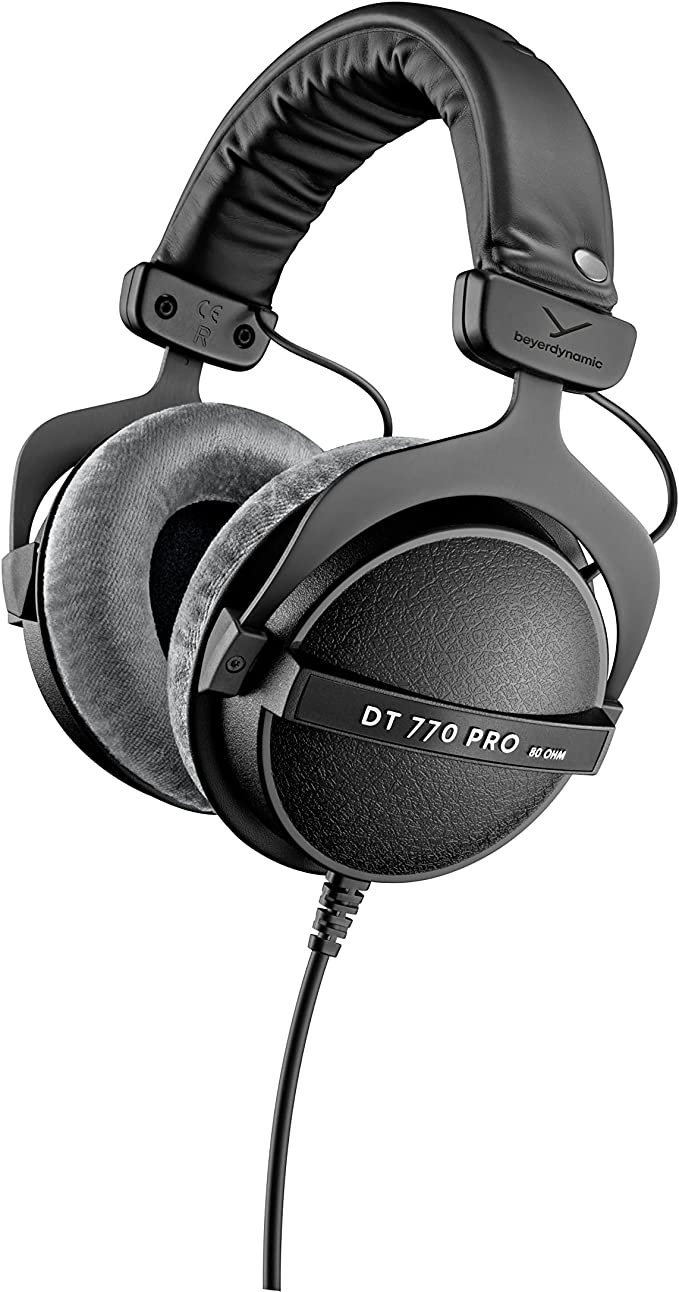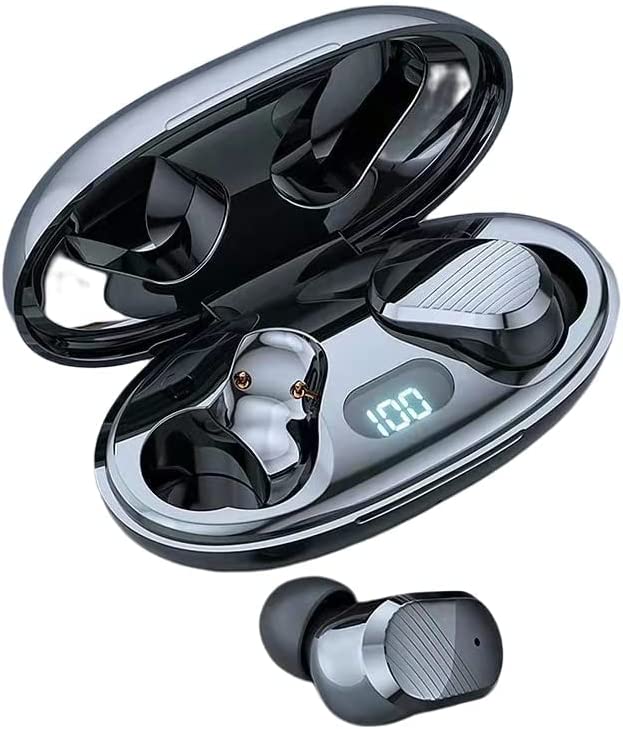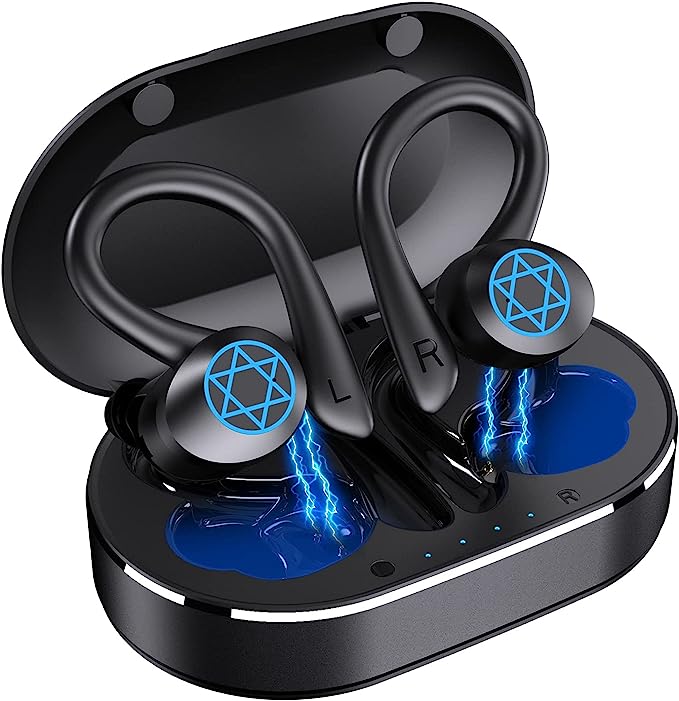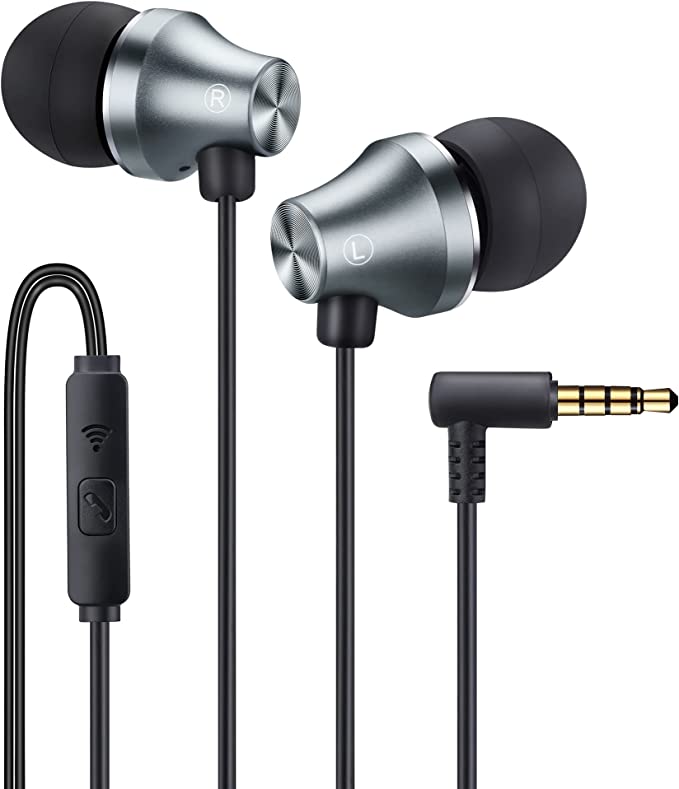STACUL T22 Earbuds Exposed: The Amazing Science Behind Your Wireless Sound
Update on June 23, 2025, 6:06 p.m.
Ever paused, just before popping those sleek wireless earbuds into your ears, and wondered about the magic packed inside? It’s a common marvel these days – these tiny gadgets deliver our daily soundtrack, connect us on calls, and accompany us through workouts, all without a single pesky wire. Today, let’s take a friendly, closer look at what makes a pair like the STACUL T22 Bluetooth Headphones tick. Think of this less as a dense textbook chapter and more as a backstage tour of the miniature concert hall that sits right in your ears.
At the very soul of your listening experience are the “drivers.” The STACUL T22s boast of having “4 Dynamic Drivers” or “4 Spearkers,” with each of these being a 6mm high-efficiency unit. Now, what on earth is a dynamic driver? Imagine a traditional, large loudspeaker – the kind with a big woofer cone that visibly moves to pump out bass. A dynamic driver in an earbud is essentially a miniaturized version of that very same principle. It uses a super-thin diaphragm (a flexible membrane), a tiny voice coil attached to it, and a small magnet. When your phone sends an electrical audio signal to the earbuds, it flows through the voice coil, creating a fluctuating magnetic field. This field interacts with the permanent magnet, causing the coil – and thus the diaphragm – to vibrate incredibly fast. These vibrations create pressure waves in the air, and voilà, your brain interprets these as sound!

So, what’s the deal with “four” of them? Given the “4 Spearkers” phrasing and the common design of such earbuds, it’s highly probable this means each earbud houses two of these 6mm dynamic drivers. Why two? While the product description doesn’t explicitly state if they handle different jobs (like one focusing on deep bass and another on crisp high notes, a common strategy in more complex speaker systems), the general idea behind multiple drivers is to potentially achieve a fuller, more detailed, and “balacned” (as the original text puts it, though we mean balanced) sound across the entire audible spectrum. The aim is to make the “bass more punchy and the midrange full and textured.” This pursuit of sonic accuracy and richness is what the term “HiFi Stereo Sound” gestures towards – “High Fidelity” means being faithful and true to the original artist’s recording.
But here’s a pro tip that’s often overlooked: all the driver magic in the world won’t hit its full potential without a good seal. Those little silicone eartips (the STACUL T22s come with S/M/L sizes) are unsung heroes. A snug fit in your ear canal is absolutely crucial. It does two things: first, it creates an acoustic chamber that allows you to properly experience the bass frequencies (without a good seal, bass sounds thin and weak). Second, it provides “effective noise isolation” – that’s a fancy way of saying it physically blocks out a good chunk of ambient noise, letting you immerse yourself in your audio without cranking the volume to an eardrum-rattling level.

Now, let’s talk about the “wireless” part of these wireless earbuds. The STACUL T22 employs “Advanced bluetooth 5.0 chip technology.” Bluetooth has come a long way since its early, sometimes finicky, days. Version 5.0, a standard overseen by the Bluetooth Special Interest Group (SIG), brings several key improvements. Generally, it offers increased data transmission speeds (which can mean better audio quality with less compression if the right audio codecs are used), extended range (though walls and obstacles still matter), and, importantly, improved connection stability. This is what helps deliver that “skip-free audio even in busy spaces” and contributes to a “low-latency listening experience.” Low latency is a big deal if you’re watching videos or gaming – it means the sound stays synced with the action on screen, avoiding that annoying lip-sync lag. And for convenience? “One-Step Pairing” and “Auto Connection” mean that after you’ve initially introduced your earbuds to your phone, they should remember each other and connect automatically when you take them out of the case. No more tedious re-pairing every single time!
Of course, untethered audio needs power. The earbuds themselves house 40mAh capacity batteries, offering up to 5 hours of listening time on a single charge. But the party doesn’t stop there. The charging case acts like a portable power bank, or a “juice box” for your earbuds, capable of fully recharging them an additional 3 times. So, quick math: 5 hours from the earbuds + (3 recharges * 5 hours each) = approximately 20 hours of total playtime before you need to find a wall outlet for the case itself. You might see “40Hrs Playtime” in the product title, and it’s common for manufacturers to state maximum playtime under very specific, often low-volume, conditions. The detailed breakdown points to a very respectable 20 hours of more typical, mixed-use listening. A really handy feature is the “Digital Power Display screen” on the case. It shows the remaining battery percentage of the case, and little ‘R’ and ‘L’ lights indicate if your right and left earbuds are currently charging. This takes the guesswork out of your power situation – a small but genuinely useful touch. The case itself charges via a modern Type-C cable.

Interacting with your earbuds has also gotten a high-tech upgrade. The STACUL T22 features “Smart Touch Control sensors.” Instead of physical buttons that you have to press (sometimes uncomfortably) into your ear, these are likely capacitive sensors. Your skin has natural electrical conductivity. When you touch the designated area on the earbud, you subtly change its electrical capacitance, and the sensor registers this as a command – a double-tap to answer a call, or a press-and-hold to reject one, all without applying undue pressure.
And what if you’re an active soul, or just someone who occasionally gets caught in the rain? That’s where the “IPX7 Water Resistance” rating comes into play. Let’s decode that: “IP” stands for Ingress Protection. The “X” means it hasn’t been specifically rated for dust protection (though a good seal often helps). The “7” is the crucial part for water. According to the IEC 60529 standard, an IPX7 rating means the device can withstand submersion in fresh water up to 1 meter (about 3.3 feet) deep for a maximum of 30 minutes. So, while you probably shouldn’t go swimming with them, they are definitely built to handle sweat from “tough workouts” or being caught in a downpour, ensuring your music “won’t cut in and out.”
Comfort, especially for something you wear for hours, is paramount. The T22 earbuds are described as having a “three-dimensional curved design and tilted 45 degrees.” This isn’t just for looks; it’s about ergonomics – the science of designing things to fit the human body optimally. The goal is a “secure fit” that stays put even when you’re moving around, and at a mere 4.3g per earbud, they aim to be “lightweight” enough that you barely notice them. Even the microphone placement is considered: you’re advised to “ensure the microphone is directed towards your mouth,” which is basic acoustic sense for ensuring others can hear your voice “very clearly while calling.”
Inside the box, you’ll typically find the wireless earbuds, the charging case, those important eartips in different sizes, a Type-C cable for charging, and a user manual. All these pieces of technology, from the tiny vibrating diaphragms creating sound to the Bluetooth chip wirelessly ferrying data, and the battery chemistry keeping it all powered, come together. The original listing price of $89.99 (which, of course, can fluctuate) places them in a very competitive segment of the market, where many brands vie to offer a compelling mix of features.
So, the next time you slip in your STACUL T22s, or any modern wireless earbuds for that matter, take a moment to appreciate the symphony of miniature engineering nestled in your ears. It’s a testament to how far technology has come, making our personal soundscapes richer, more convenient, and more resilient to the demands of daily life. Knowing a little about the science inside doesn’t just satisfy curiosity; it can also help you make more informed choices and get the most out of these amazing little companions. Happy listening!
